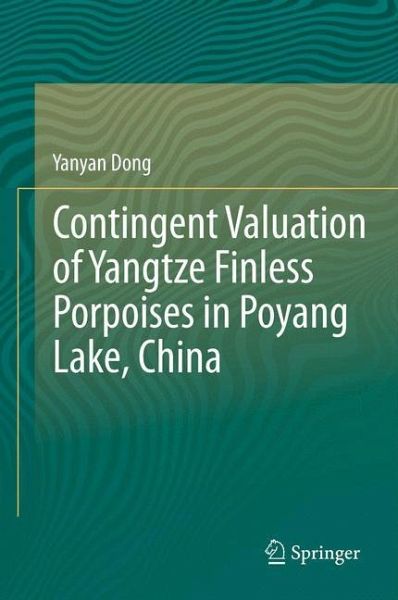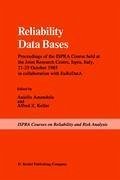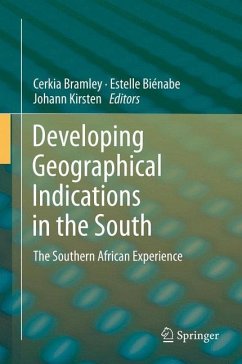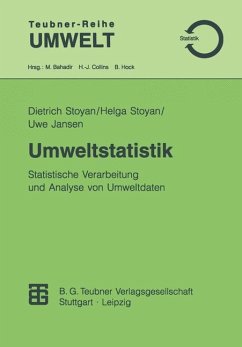
Contingent Valuation of Yangtze Finless Porpoises in Poyang Lake, China
Versandkostenfrei!
Versandfertig in 6-10 Tagen
76,99 €
inkl. MwSt.
Weitere Ausgaben:

PAYBACK Punkte
38 °P sammeln!
This book presents the findings of the study, and offers analysis of both its methodological and policy-related implications. On the methodology side, it assesses and validates the valuation workshop approach; appraises the effect of distance on willingness to pay and the influence of the respondents' ability to pay. From a policy perspective, the book examines the attitudes and preference of respondents on trade-offs between economic growth and ecological use.














